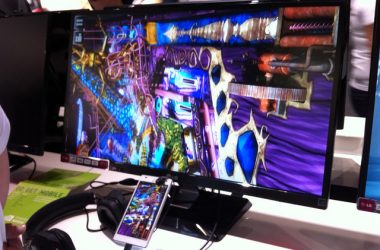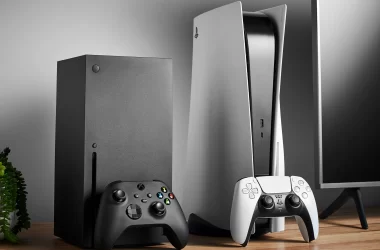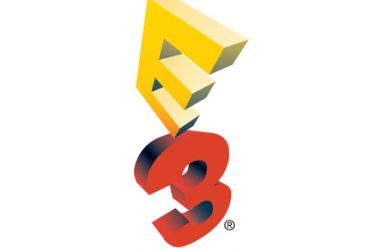The battle in 2004 between the blockbusters Doom 3 and Half-Life 2 for the hearts and minds of PC gamers has been of epic proportions. Rarely before in the history of computer gaming have two breakthrough first-person shooters been released in the same year within a few short months of each other.
While console gamers head like lemmings for Halo 2 – which despite being inferior to both will doubtlessly sell more than Doom 3 and Half-Life 2 combined – PC shooter fans look with downright disdain at this pretender to a throne they know only can reside on the mouse-keyboard oriented personal computer.
Like so many others, I have played through Doom 3 and Half-Life 2, arguably the two best first-person shooters ever released, and a lot of thoughts bubbled up about comparisons between the two, as both raise the bar in different ways. The purpose of this article is neither to express lots of mindless hype (as some of the published reviews did) nor even to decide which of the two is better, but rather to show what the similarities and differences are in the single-player experiences (I have conveniently excluded multiplayer since this was clearly not the focus of either release).

Setup and Installation
In terms of ease of installation, there is no contest between the two: Doom 3 installs with ease and you get it running right off the bat. Half-Life 2, on the other hand, mandates a highly complex, tortuous, and time-consuming online Steam activation system to get up and running. It took me multiple hours to complete this process to its conclusion, after which the title still would not run because of a conflict, unanticipated by Valve and Vivendi, between my Sonic CD / DVD burning software and the copy protection system on my game disc. However, to be fair, Doom 3 takes a much more powerful machine to run and will only work on Windows XP or 2000, cutting out a wide swath of potential players.
Story
Both titles present futuristic science-fiction stories, but both plots have been mischaracterized. Many assume that Doom 3 has no story, yet the personal digital assistants (PDAs) do communicate both plot and character development, providing interesting data on UAC personnel; a somewhat parallel technique has recently worked well in Metroid Prime and Metroid Prime Echoes as well as in TRON 2.0. In contrast, many assume that Half-Life 2 has a deep story, yet the plot contains holes, unresolved enigmas and seems very much in the background, as you often pick up bits and pieces of what the main plot threads are. Both have a single male hero – Gordon Freeman in Half-Life 2 and a nameless space marine in Doom 3. However, in Doom 3 the hero’s characteristics are downplayed, while in Half-Life 2 everywhere you go the hero is downright legendary, and character interaction plays a much more important role.
Tone and Atmosphere
Doom 3 is more oriented toward the primal scare, full of a jolting sense of unnerving dread. In contrast, Half-Life 2 has more adventure and mystifying X-Files elements in it, being more oriented toward a subtler unnerving sense that the world is not at all as it should be. Ironically, Doom 3 has more lighthearted elements than Half-Life 2. Doom 3 is clearly more oriented toward a retro FPS experience, which its critics call mindless repetitive shooting, while Half-Life 2 tries to go for more modern FPS gameplay. In a way, that difference makes sense, as the original Doom set the tone for the first generation of first-person shooters, and the original Half-Life introduced the latest generation in this genre.






